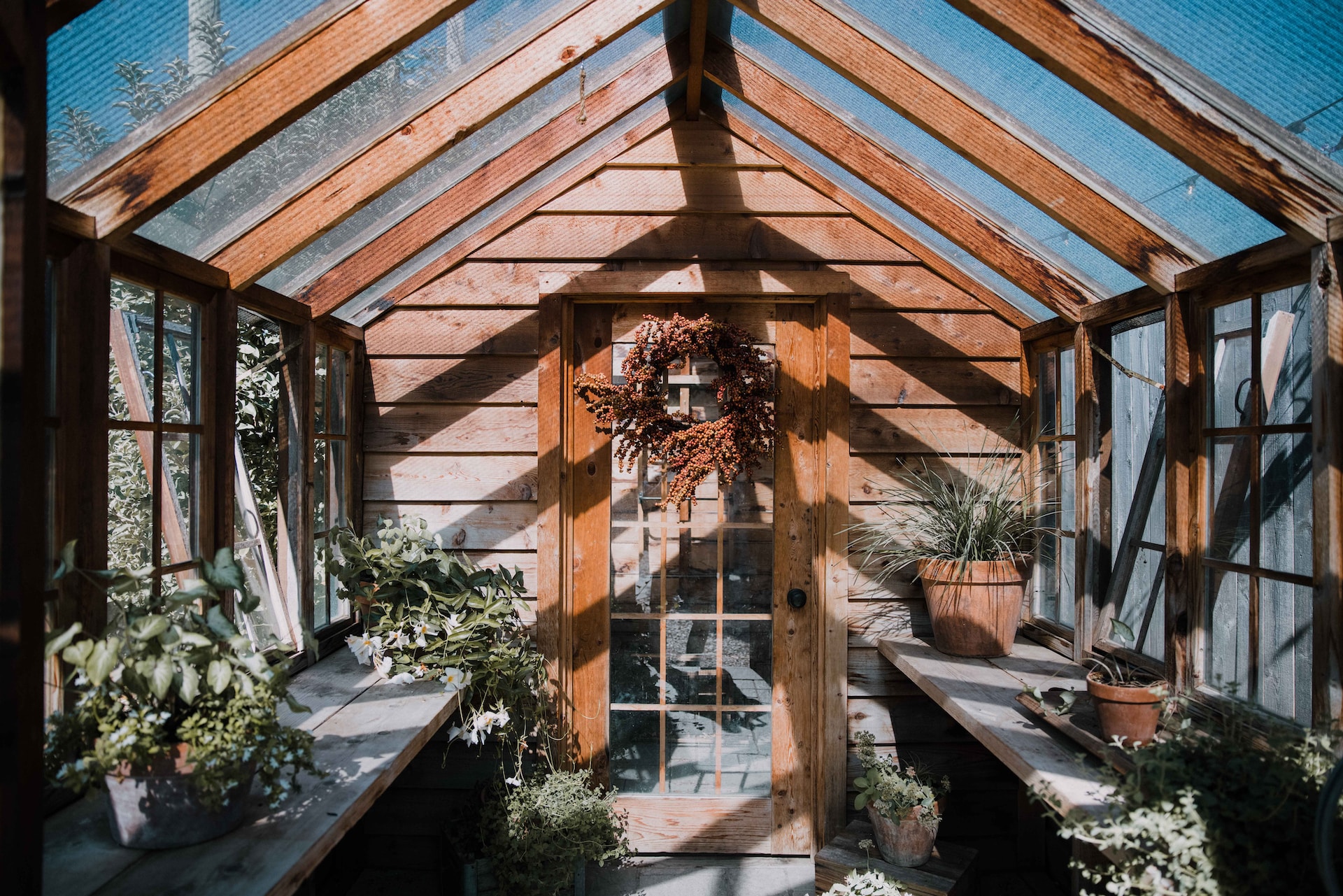To keep your micro-greenhouses thriving, managing humidity levels is critical. Humidity in a micro-greenhouse dictates plant health, growth, and productivity. Too much humidity encourages mold growth and pests. But too little dries out plants, stultifying their growth. Here, we outline 12 essential tips for getting the balance right.
Understanding Microgreenhouse Humidity
Begin by gaining a clear understanding of the humidity within your micro-greenhouse. Humidity is essentially water vapor suspended in the air. Inside a greenhouse, it’s created when water from plants’ leaves evaporates. You’ll need to monitor the humidity, maintaining it between 50-70% for optimal plant growth. A hygrometer can help measure this accurately.
The Role of Ventilation
Proper ventilation plays a pivotal role in managing humidity. Greenhouses must have an efficient circulation system in place. Without it, humidity levels can become unbearable, causing plant diseases. Including vents in your greenhouse allows for the exchange of air, regulating the overall moisture. For more on controlling greenhouse humidity, check here.
The Watering Techniques
Watering techniques greatly influence micro-greenhouse humidity. Be mindful to not overwater your plants. Early morning is the ideal time to water as excess water will evaporate throughout the day, reducing chances of excess moisture build-up. Consider using a drip-irrigation system to strictly control the water quantity.
Using Humidity Trays
Consider using humidity trays to manage high humidity levels – common in micro-greenhouses. Humidity trays capture excess water, preventing it from increasing humidity levels. They provide a neat solution to excess watering as well. Plus, they’re easy to implement and can act as a secondary watering system, providing much-needed hydration as the water evaporates.
The Use of Humidistat
Installing a humidistat can be a game changer in managing greenhouse humidity. A humidistat acts as a thermostat for humidity, maintaining the moisture levels within a preset range. It prompts action when conditions deviate from the set range, helping you take timely steps to correct humidity levels.
Installing Dehumidifiers
If driving down humidity becomes challenging, consider installing a dehumidifier. Depending on the size of your greenhouse and the level of humidity, choose a suitable dehumidifier. It extracts excess moisture from the air, maintaining optimal conditions for plant growth.
Greenhouse Space Organization
Effective space organization in your greenhouse can deter moisture build-up. Properly spaced plants ensure good airflow, minimizing the chances of unwanted moisture accumulation. A cramped greenhouse limits air circulation, escalating humidity levels. So, plan your interior in an organized and efficient manner.
Regular Cleaning
Maintaining cleanliness in micro-greenhouses is crucial in controlling the humidity. Regularly remove plant debris, dead leaves and foliage. They hold moisture, contributing to humidity and encouraging diseases. Consistent cleaning keeps the environment healthy and hygienic. Know more about cleaning techniques here.
Plant Selection
Choose plants with similar humidity needs. Some plant varieties thrive in a humid environment, while others prefer dry conditions. A harmonious blend of compatible types will result in less hassle when maintaining the proper humidity levels.
Monitoring Air and Soil Temperature
Besides humidity, it’s also important to maintain a balanced air and soil temperature. Both these parameters affect the moisture levels in your greenhouse. Increase in temperature escalates evaporation, increasing the humidity. Use a thermostat to maintain the right temperatures. Learn more on how these parameters effect humidity here.
The Right Use of Shading
Use shading techniques appropriately to regulate humidity. Particularly during summer, shades reduce high temperatures that cause excessive evaporation, subsequently rising the humidity levels. Shades also protect plants from scorching sun rays.
Role of Insulation
Finally, effective insulation is another prerequisite for managing humidity. Seal gaps in doors and windows to prevent draughts. Insulate your greenhouse to retain heat during winter, and prevent overheating in summer. This ensures a balanced internal climate, keeping your humidity levels within an optimal range.

